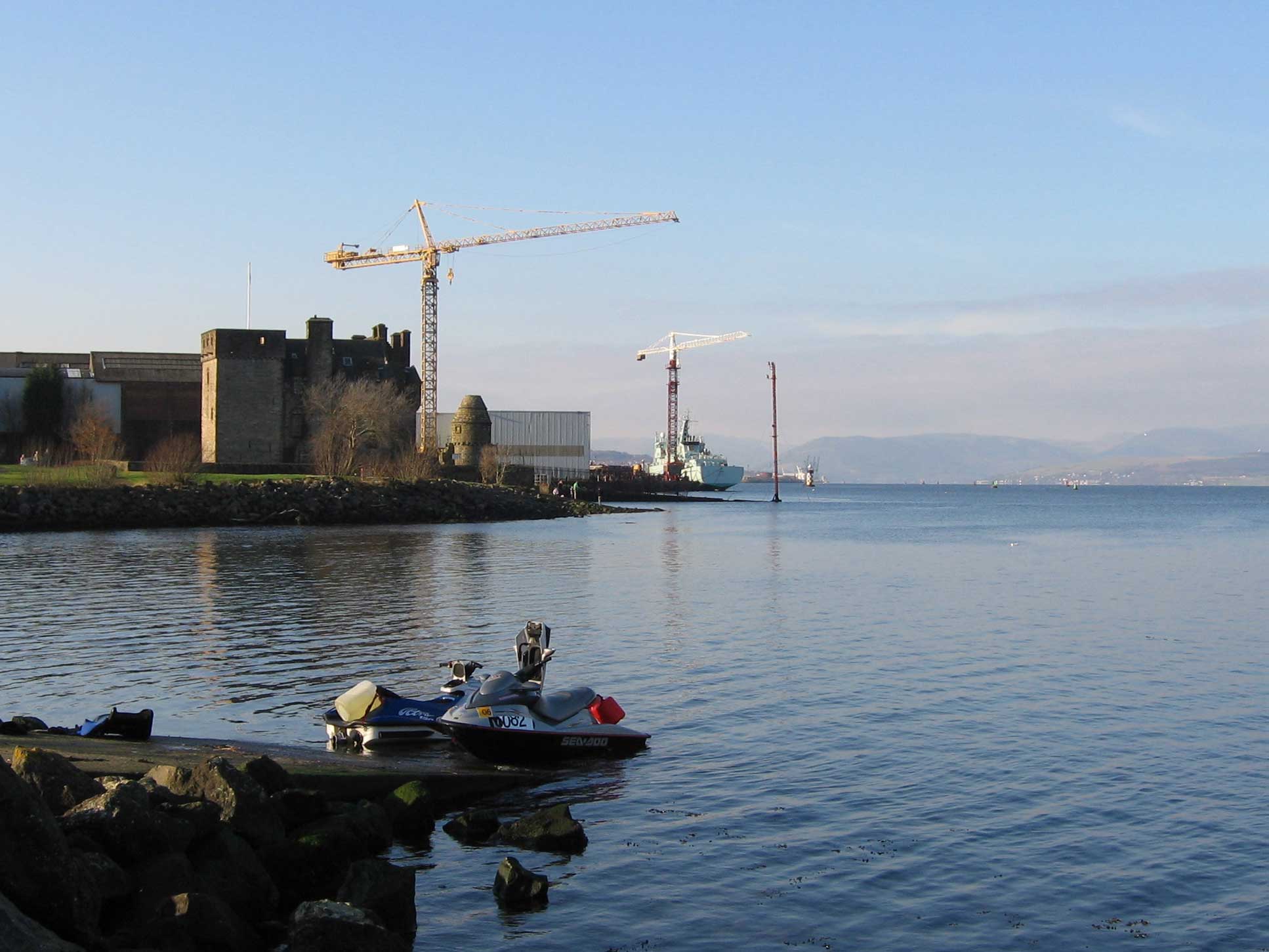|
Dunlop Bremner
Dunlop, Bremner & Company was a shipyard at Port Glasgow on the River Clyde, in Scotland, which was purchased by Lithgows in 1919 but continued to trade under its own name until 1926. The company's Inch Yard was responsible for building both civil and naval vessels, some for the Royal Navy The Royal Navy (RN) is the naval warfare force of the United Kingdom. It is a component of His Majesty's Naval Service, and its officers hold their commissions from the King of the United Kingdom, King. Although warships were used by Kingdom ..., including and s. References Defunct shipbuilding companies of Scotland {{Scotland-company-stub ... [...More Info...] [...Related Items...] OR: [Wikipedia] [Google] [Baidu] |
Port Glasgow
Port Glasgow (, ) is the second-largest town in the Inverclyde council area of Scotland. The population according to the 1991 census for Port Glasgow was 19,426 persons and in the 2001 census was 16,617 persons. The most recent census in 2011 states that the population has declined to 15,414. It is located immediately to the east of Greenock and was previously a burgh in the county of Renfrewshire (historic), Renfrewshire. Originally a fishing hamlet named Newark, Port Glasgow came about as a result of large ships being unable to navigate the shallow and meandering River Clyde to the centre of the city of Glasgow. Because of this, it was formed as a remote port for Glasgow in 1668 and became known as 'New Port Glasgow', which was shortened to 'Port Glasgow' in 1775. Port Glasgow was home to dry docks and shipbuilding beginning in 1780. The town grew from the central area of the present town and thus many of the town's historic buildings and people are found here. Port Glasgow e ... [...More Info...] [...Related Items...] OR: [Wikipedia] [Google] [Baidu] |
River Clyde
The River Clyde (, ) is a river that flows into the Firth of Clyde, in the west of Scotland. It is the eighth-longest river in the United Kingdom, and the second longest in Scotland after the River Tay. It runs through the city of Glasgow. The River Clyde estuary has an upper tidal limit located at the tidal weir next to Glasgow Green#Tidal Weir, Glasgow Green. Historically, it was important to the British Empire because of its role in shipbuilding and trade. To the Roman Britain, Romans, it was , and in the early medieval Cumbric language, it was known as or . It was central to the Kingdom of Strathclyde (). Etymology The exact etymology of the river's name is unclear, though it is known that the name is ancient. In 50AD, the Egyptian mathematician, astronomer and geographer Ptolemy, Claudius Ptolemy wrote of the river as "Klōta", It was called or by the Celtic Britons, Britons and by the Romans. It is therefore likely that the name comes from a Celtic language—mos ... [...More Info...] [...Related Items...] OR: [Wikipedia] [Google] [Baidu] |
Lithgows
Lithgows Limited is a family-owned Scottish company that had a long involvement in shipbuilding, based in Kingston, Port Glasgow, on the River Clyde in Scotland. It has a continued involvement in marine resources. History Founding The Company was established by Joseph Russell and his partners Anderson Rodger and William Lithgow who leased the Bay Yard in Port Glasgow from Cunliffe & Dunlop and started trading as Russell & Co. in 1874 (''Cunliffe & Dunlop'' became ''David J. Dunlop and Co'' in 1881 and ''Dunlop, Bremner and Co'' in 1911). In 1879 they purchased the Cartsdyke Mid Yard from J.E. Scott and in 1881 they acquired the Kingston Shipyard from Henry Murray. The partnership was dissolved in 1891: Russell retired, Rodger took the Bay Yard and Lithgow the Kingston and Cartsdyke Yards. In 1900 the Cartsdyke Yard was sold to Greenock Dockyard. Then in 1908 brothers William Lithgow's sons, James and Henry, assumed control; they bought the Bay yard in 1911. The Company ... [...More Info...] [...Related Items...] OR: [Wikipedia] [Google] [Baidu] |
Royal Navy
The Royal Navy (RN) is the naval warfare force of the United Kingdom. It is a component of His Majesty's Naval Service, and its officers hold their commissions from the King of the United Kingdom, King. Although warships were used by Kingdom of England, English and Kingdom of Scotland, Scottish kings from the early Middle Ages, medieval period, the first major maritime engagements were fought in the Hundred Years' War against Kingdom of France, France. The modern Royal Navy traces its origins to the English Navy of the early 16th century; the oldest of the British Armed Forces, UK's armed services, it is consequently known as the Senior Service. From the early 18th century until the World War II, Second World War, it was the world's most powerful navy. The Royal Navy played a key part in establishing and defending the British Empire, and four Imperial fortress colonies and a string of imperial bases and coaling stations secured the Royal Navy's ability to assert naval superior ... [...More Info...] [...Related Items...] OR: [Wikipedia] [Google] [Baidu] |

